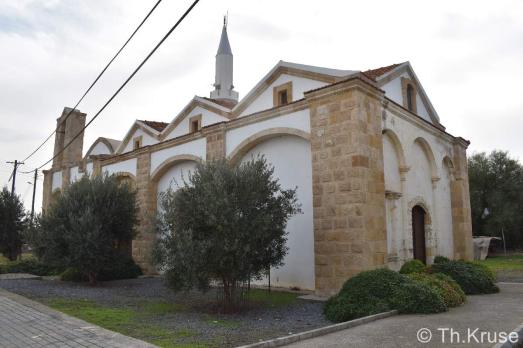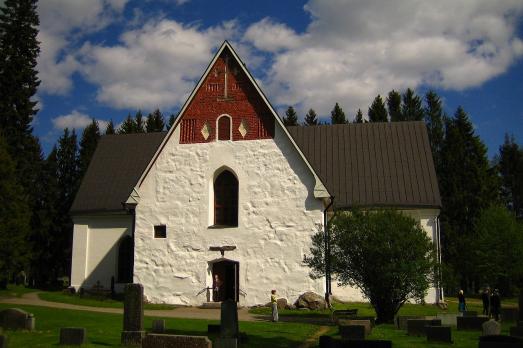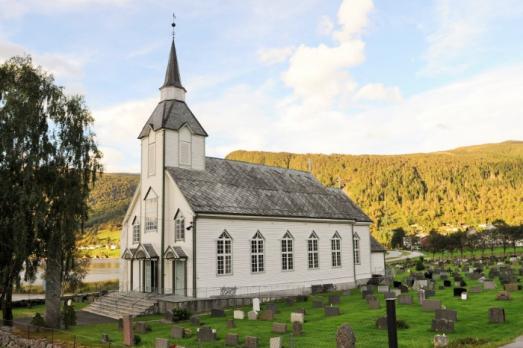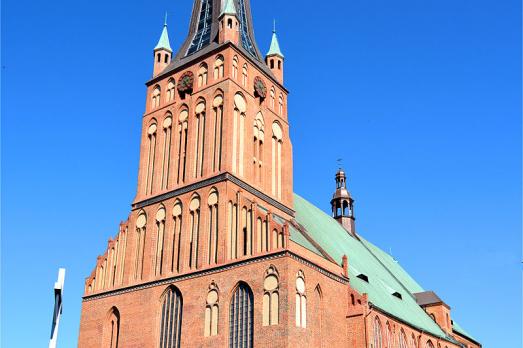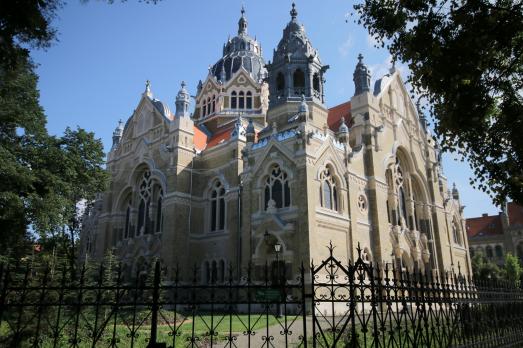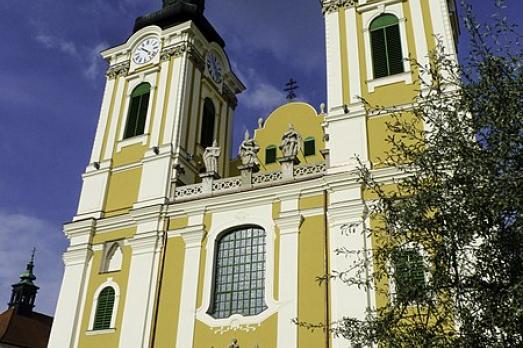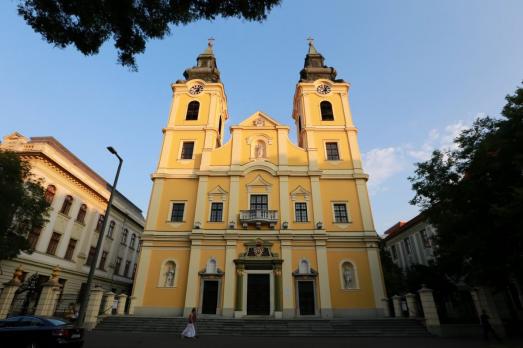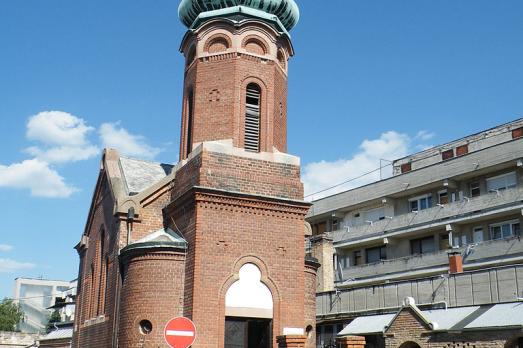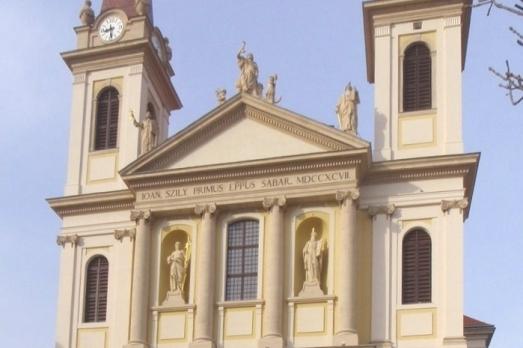Sypekerk
Loosdrecht, NL
Historical church with tower. The tower can be considered part of the "Domfamilie". Reformed church. Three-aisled church, 15th century, with tower. Internal wood vaulted. Inventory. Bell frame with bell by anonymous founder, 1675, diam. 118.2 cm. The Nieuwloosdrecht Sijpekerk (often written as Sypekerk and therefore incorrectly pronounced as 'Siepekerk') is now approximately 600 years old. In the second half of the fourteenth century, only a chapel stood on the site of the current church. In 1332 we hear for the first time of the own parish (Oud-) Loosdrecht with its own church. This church was also called the 'mother church' and the residents of the Sijpe (= the current Nieuw-Loosdrecht) belonged to this parish. In 1400, Frederik van Blankenheim, bishop of Utrecht, elevated the Zijpse chapel to an independent parish church and placed it under the protection of the apostle Paul, Saint Anthony the Confessor and Cornelius, pope and martyr. The text of this foundation letter has been preserved in a 'vidimus', a copy from 1647. However, the church was never given the name 'Pauluskerk', for example. The mother church was called the Oude kerck and the Zijpse church was therefore called the Nieuwe kerk. This is how the two village names Oud-Loosdrecht and Nieuw-Loosdrecht came into being. In common parlance, simply de Sijp (or Zijp) was often used. Both village communities were first mentioned around 1300. At that time they belonged to and attended church under the classis of Loenen. It is suspected that the development of the Loosdrecht area occurred from two directions: from the Vecht on the west side and from the high Gooise grounds on the eastern side of Loosdrecht. And which of the two Loosdrechts is the oldest will always remain unanswered. There once was a farm in the Sijpe called Sijpesteijn. The noble family Van Sypesteyn (pronounced 'Siepestein') believed that their ancestors had a castle in the Sijpe in the thirteenth century and that the chapel there had to be the castle chapel. This has never been proven and is most likely not true. Nevertheless, the noble lord had a castle built at the beginning of the twentieth century on the site of this farm, which stood diagonally opposite the Sijpekerk. This became the current Kasteel-museum Sypesteyn. Since then, there has been confusion about the pronunciation.
